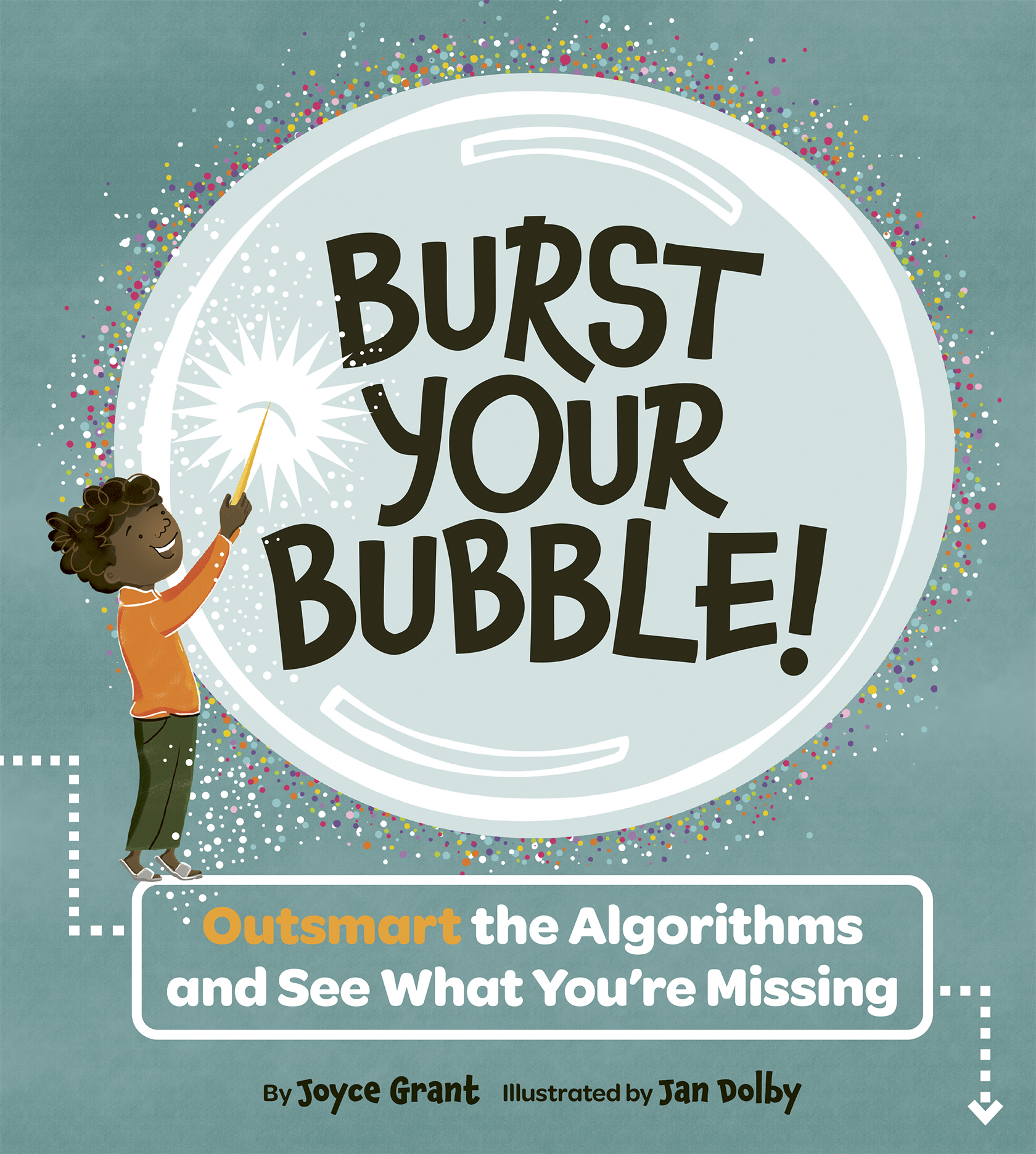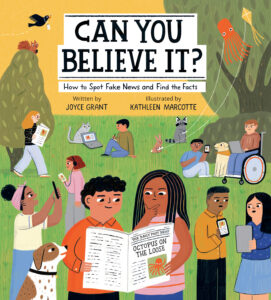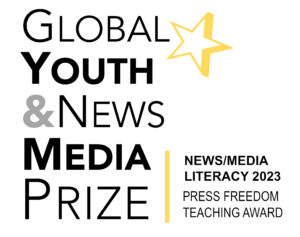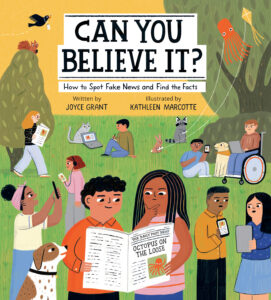Two planets have been discovered, about 1,000 light years away from Earth.
Both of the planets are about the size of Earth. Kepler-20e is slightly smaller, and Kepler-20f is slighty larger than Earth.
The surface of the planets are too hot for water to exist on them; it would not be possible for life to exist on them either. They are hot because they orbit close to a star very much like our sun.
Kepler-20e has a termperature of about 760 degrees Celcius. (In contrast, Earth’s average surface temperature is 14 degrees Celsius.)
The planets were discovered during a mission by NASA using the Kepler space telescope. They have been combing the skies searching for planets since about 2009.








